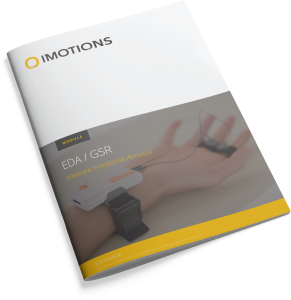Introduction
With growing freight operations throughout the world, there is a push for transportation systems to accommodate trucks during loading and unloading operations. Currently, many urban locations do not provide loading and unloading zones, which results in trucks parking in places that obstruct bicyclist’s roadway infrastructure (e.g., bicycle lanes).
Method
To understand the implications of these truck operations, a bicycle simulation experiment was designed to evaluate the impact of commercial vehicle loading and unloading activities on safe and efficient bicycle operations in a shared urban roadway environment. A fully counterbalanced, partially randomized, factorial design was chosen to explore three independent variables: commercial vehicle loading zone (CVLZ) sizes with three levels (i.e., no CVLZ, Min CVLZ, and Max CVLZ), courier position with three levels (i.e., no courier, behind the truck, beside the truck), and with and without loading accessories. Bicyclist’s physiological response and eye tracking were used as performance measures. Data were obtained from 48 participants, resulting in 864 observations in 18 experimental scenarios using linear mixed-effects models (LMM).
Results
Results from the LMMs suggest that loading zone size and courier position had the greatest effect on bicyclist’s physiological responses. Bicyclists had approximately two peaks-per-minute higher when riding in the condition that included no CVLZ and courier on the side compared to the base conditions (i.e., Max CVLZ and no courier). Additionally, when the courier was beside the truck, bicyclist’s eye fixation durations (sec) were one (s) greater than when the courier was located behind the truck, indicating that bicyclists were more alert as they passed by the courier. The presence of accessories had the lowest influence on both bicyclists’ physiological response and eye tracking measures.












